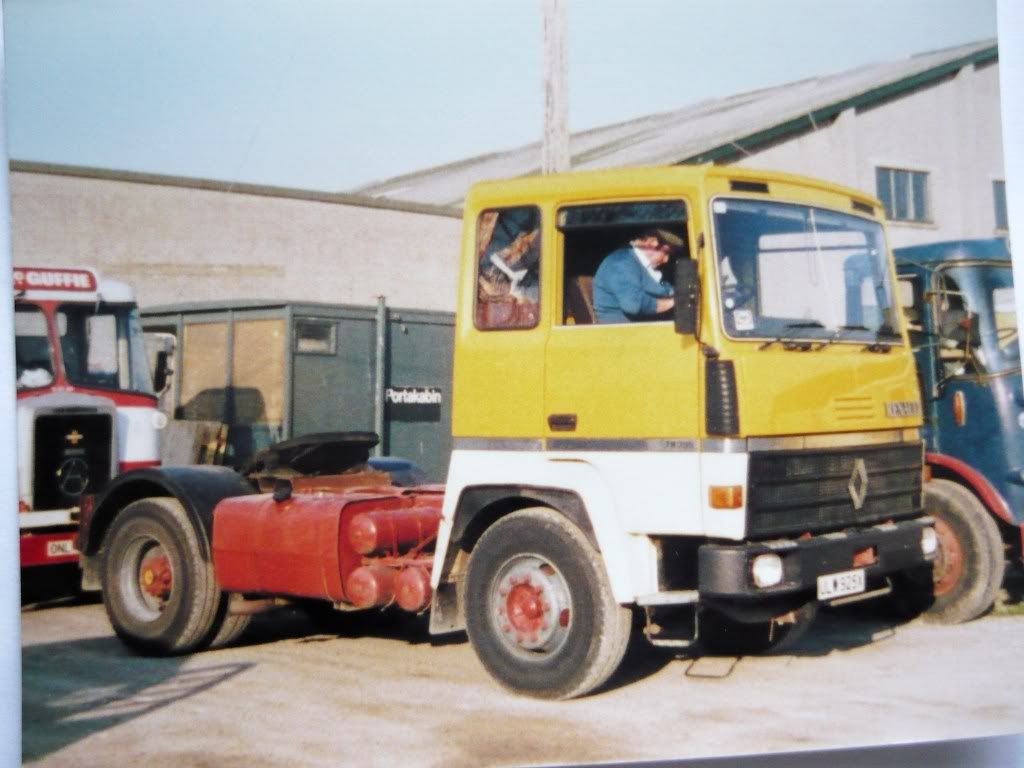
fubbysboy:
Saviem:
Evening all, I wondered if there would be any interest in this thread. Seems that there is, so may I add a few bits of “trivia” surrounding Centaure. Berliet, although technically dominating the domestic French market, was in the early seventies suffering from a “grande malaise”, similar to our own Leyland group. Too many production sites, (both in France, and overseas), gross over staffing, lousy management decisions, (being owned by Groupe Michelins Citroen Division, not renowned for their forward thinking! and a confused model line up, which did contain some gems, (the medium weight “Stadair” fully air suspended, low height chassis. and of course the new heavyweight cab on the TR ranges. Berliet had launched a high reving 12litre V8, which just like our own AEC V8, had a propensity to explode!! This was being re engineered, but Citroen, (Michelin), wanted out. First suitor was Fiat, (soon to found Iveco), who already owned Unic), then on the scene came Volvo! Panic in Paris, would be a understatement! French jobs would be at risk, (and lots of them), Government decided that Berliet would become part of the “Regie” Renault. A government controlled group of companies, that would bring together Saviem and Berliet. 1975 it all began,Berliet needed an image, and that is just how Le Centaur came into being, a flagship, but what a flagship! The “new” V8, 16litre capacity, nominally 320 (DIN) hp. Berliets engineers had been redesigning its engines on a “high torque rise principal”, as the revs go down, the torque ramps up. Add turbocharging and in its day (1977) a pretty sensational package, 356hp and creamy torque output. Then add a hi roof from quality trailer and bodybuilder Lamberet a lyon neighbour. with a luxury car quality trim interior, oodles of chrome, extra lights and a well thought out paint job, wow, she was a sensation at the Paris show, and also more importantly on the road. They sold, so well that a special line was set up, if I remember correctly over 400 of the V8 Centaures were produced, and the cab option was available on other TRs, tractor and porteur. Stunning marketing added to the image, Centaur featured in TV and Cinema, remember France had “discovered” her routiers, and the population was interested in the industry. Centaures legacy was the Turboliner cab, in standard production. The only Centaure to come to GB was mounted on a TR 305, 12litre chassis. Who bought it, I do not know, but I seem to remember that the Dodge people coupled it to a Scammell box van trailer for demos. The V8 really was a dream to drive, and the standard of fit and finish were exemplary in the Centaure cab, including the “shower”, that in the shots showing “Monique” grab so much attention. Last bit of trivia, she was English! a former dancer at the Crazy Horse in Paris, and later married the head of the agency who handled the shots. Now a very attractive grandmother of four, and living in a rather swish suberb of Paris. Bon Chance mes amis, Cheerio for now.




















